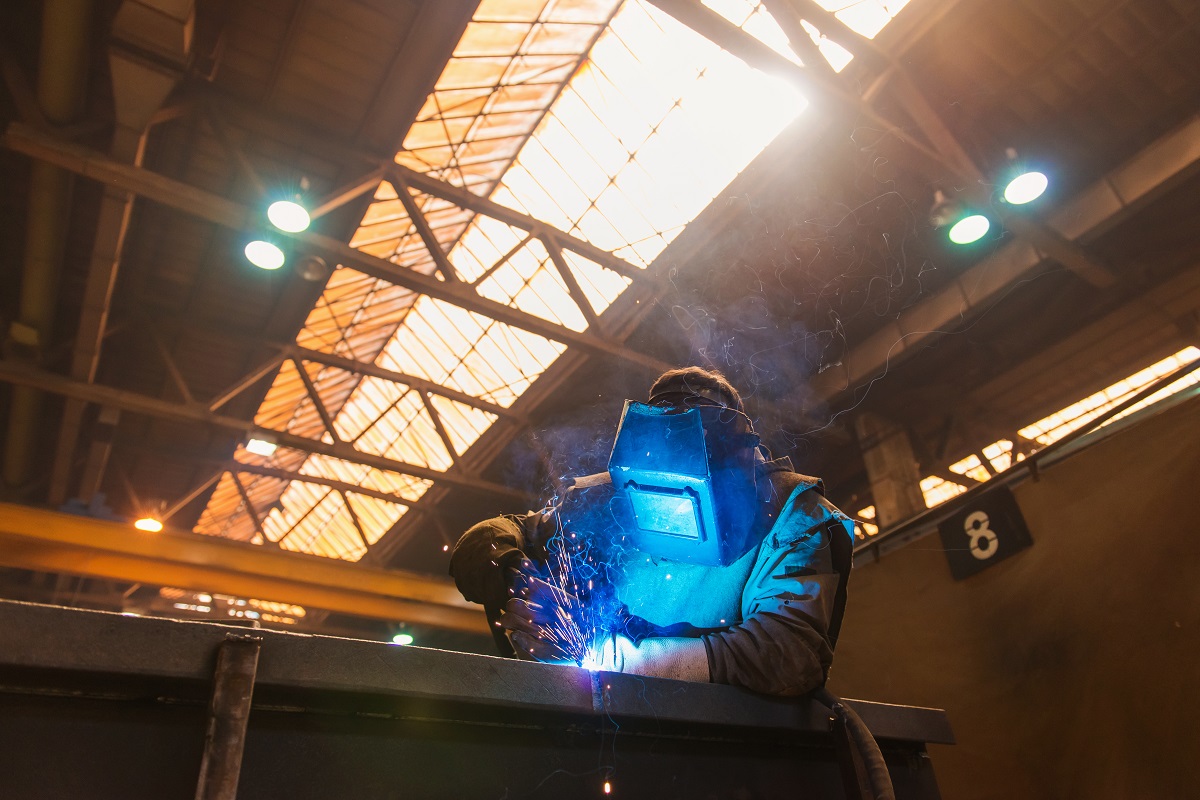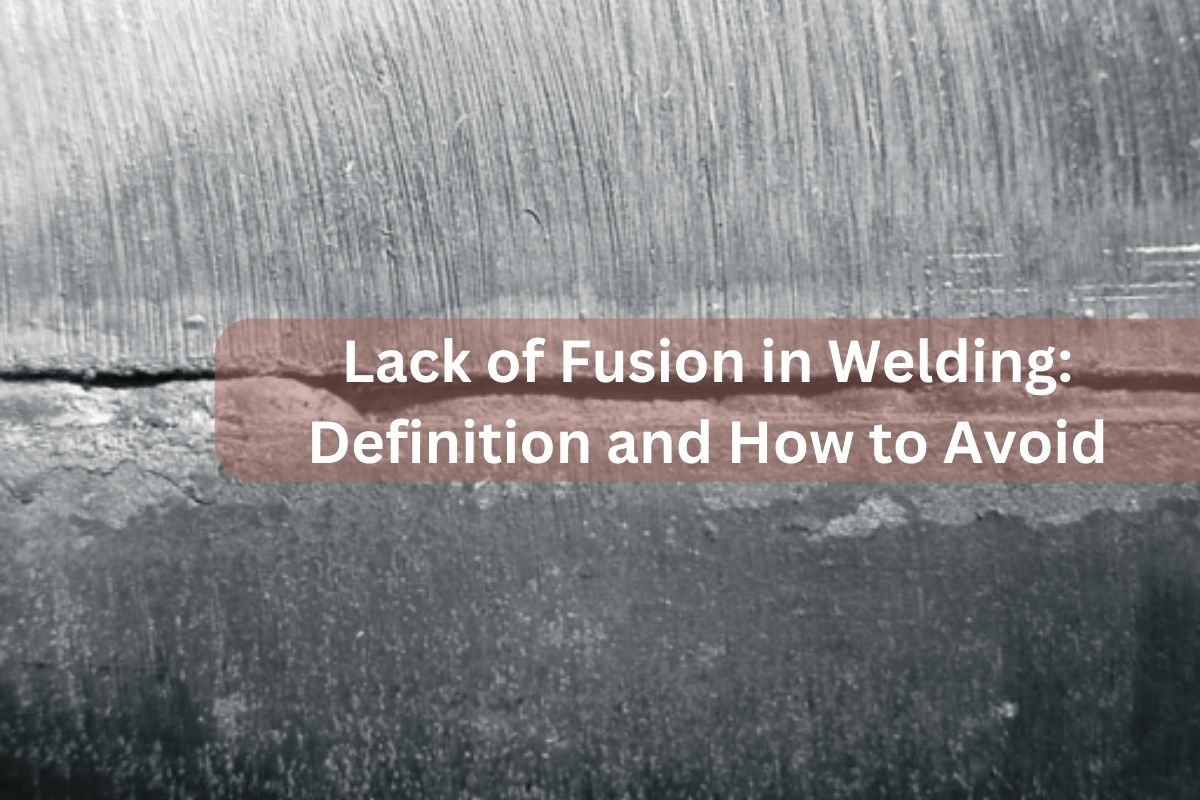Preventing Weld Undercut: Proven Techniques Every Welder Must Know
Preventing Weld Undercut: Proven Techniques Every Welder Must Know
Blog Article
Grasping the Art of Welding: Exactly How to Avoid Undercut Welding Issues for Flawless Construction Results
Performance and precision are extremely important in the world of welding, where also the slightest imperfection can jeopardize the architectural honesty of a fabricated piece. One usual obstacle that welders face is undercutting, a problem that can weaken a weld joint and lead to expensive rework. By comprehending the source of undercut welding and implementing effective methods to avoid it, welders can elevate their craft to new levels of quality (Preventing weld undercut). In the pursuit of perfect construction outcomes, understanding the art of welding to avoid undercut problems is not just a skill but a requirement for those striving for excellence in their job.
Understanding Undercut Welding

To protect against undercut welding, welders should ensure proper welding parameters, such as changing the existing, voltage, traveling rate, and preserving the right electrode angle. By recognizing the causes of undercut welding and applying preventive actions, welders can achieve premium, structurally sound welds.
Sources Of Undercut in Welding
Recognizing the elements that contribute to undercut in welding is vital for welders to create high-quality, structurally sound welds. Poor welding present or wrong welding speed can likewise contribute to damage. Understanding these causes and applying proper welding methods can help protect against undercutting problems, making certain long lasting and strong welds.
Strategies to Prevent Undercutting

To mitigate the risk of undercutting in welding, welders can employ calculated welding strategies intended at boosting the quality and integrity of the weld joints. One effective technique is to change the welding specifications, such as voltage, existing, and take a trip rate, to guarantee appropriate warmth input and deposition. Keeping an ideal electrode angle and ensuring regular travel rate can additionally aid protect against undercut. In addition, making use of the correct welding method for the certain joint arrangement, such as weave or stringer grains, can add to reducing undercutting. Preventing weld undercut.
Using back-step welding strategies and controlling the weld bead profile can likewise aid distribute warm equally and reduce the risk of undercut. Normal evaluation of the weld joint throughout and after welding, as well as applying quality guarantee measures, can aid in discovering and dealing with undercutting issues without delay.
Importance of Proper Welding Specifications
Choosing and maintaining appropriate welding criteria is crucial for accomplishing effective welds with minimal problems. Welding specifications refer to variables such as voltage, existing, take a trip speed, electrode angle, and securing gas flow price that directly influence the welding process. These criteria must be carefully readjusted based upon the sort of product being bonded, its density, and the click welding method utilized.
Proper welding criteria ensure the best amount of warm is put on melt the base steels and filler product consistently. If the parameters are established expensive, it can lead to excessive warm input, creating spatter, burn-through, or distortion. On the other hand, if the criteria are as well reduced, incomplete blend, lack of penetration, or damaging may occur.
Quality Assurance in Welding Procedures

Final Thought
To conclude, understanding the art of welding needs a complete understanding of undercut welding, its reasons, and methods to avoid it. By ensuring proper welding criteria and executing quality control methods, flawless manufacture results can be achieved. It is crucial for welders to constantly pursue quality in their welding operations to stay clear of undercut problems and generate high-grade welds.
Undercut welding, a common problem in welding processes, happens when the weld metal doesn't properly fill up the groove and leaves a groove or depression along the bonded joint.To prevent undercut welding, welders must ensure appropriate welding parameters, such as adjusting the present, voltage, traveling check this speed, and preserving the correct electrode angle. Insufficient welding existing or wrong welding rate can also contribute to damage.To mitigate the threat of undercutting in welding, welders can utilize check my reference strategic welding methods intended at boosting the quality and honesty of the weld joints.In conclusion, grasping the art of welding calls for an extensive understanding of undercut welding, its reasons, and methods to avoid it.
Report this page